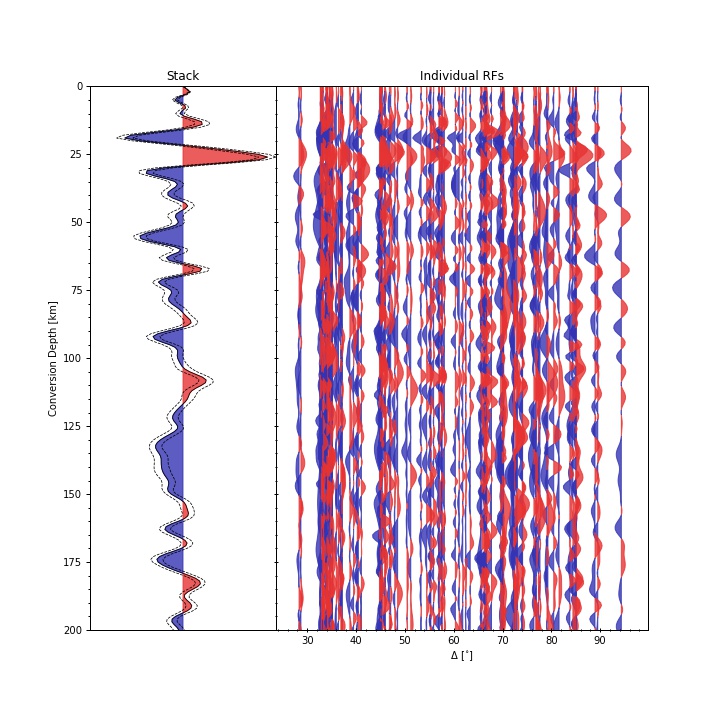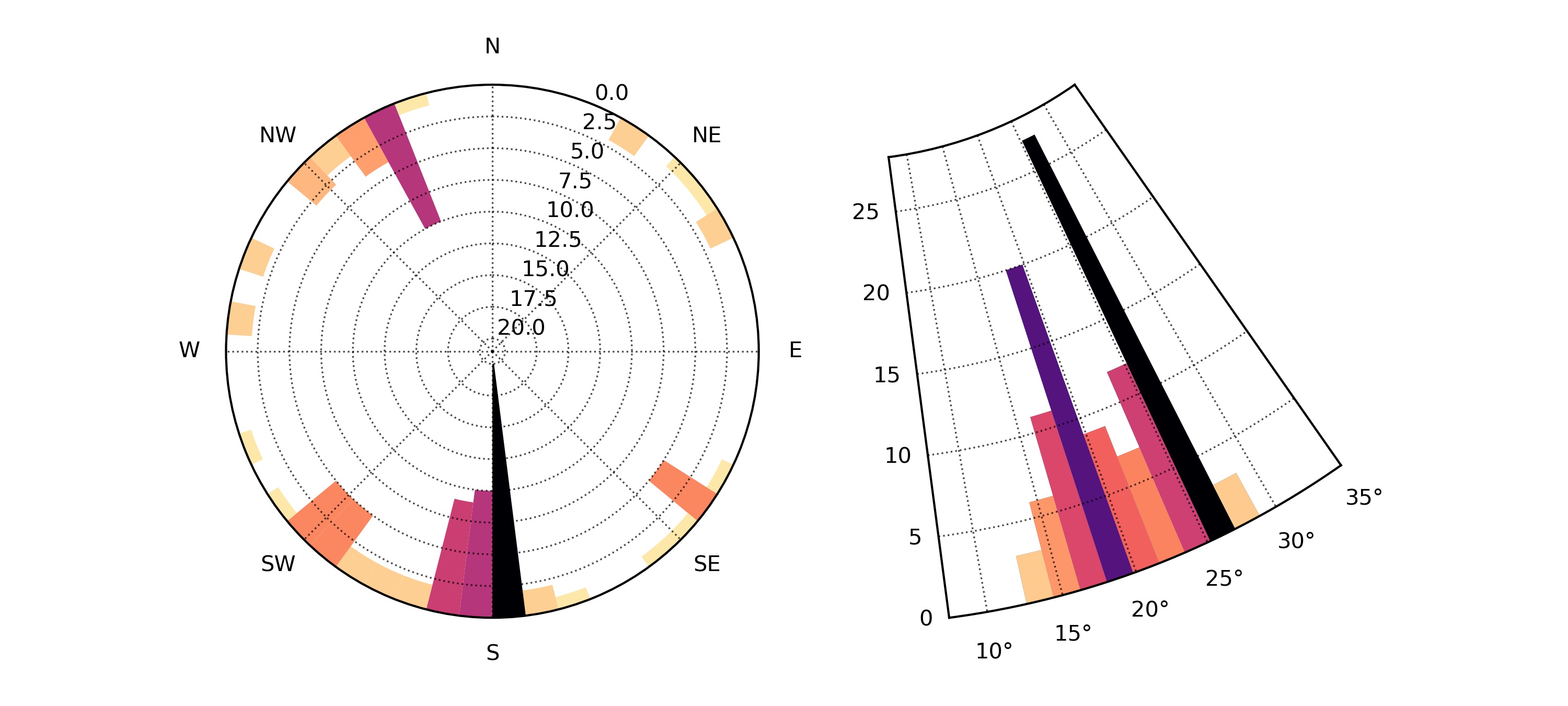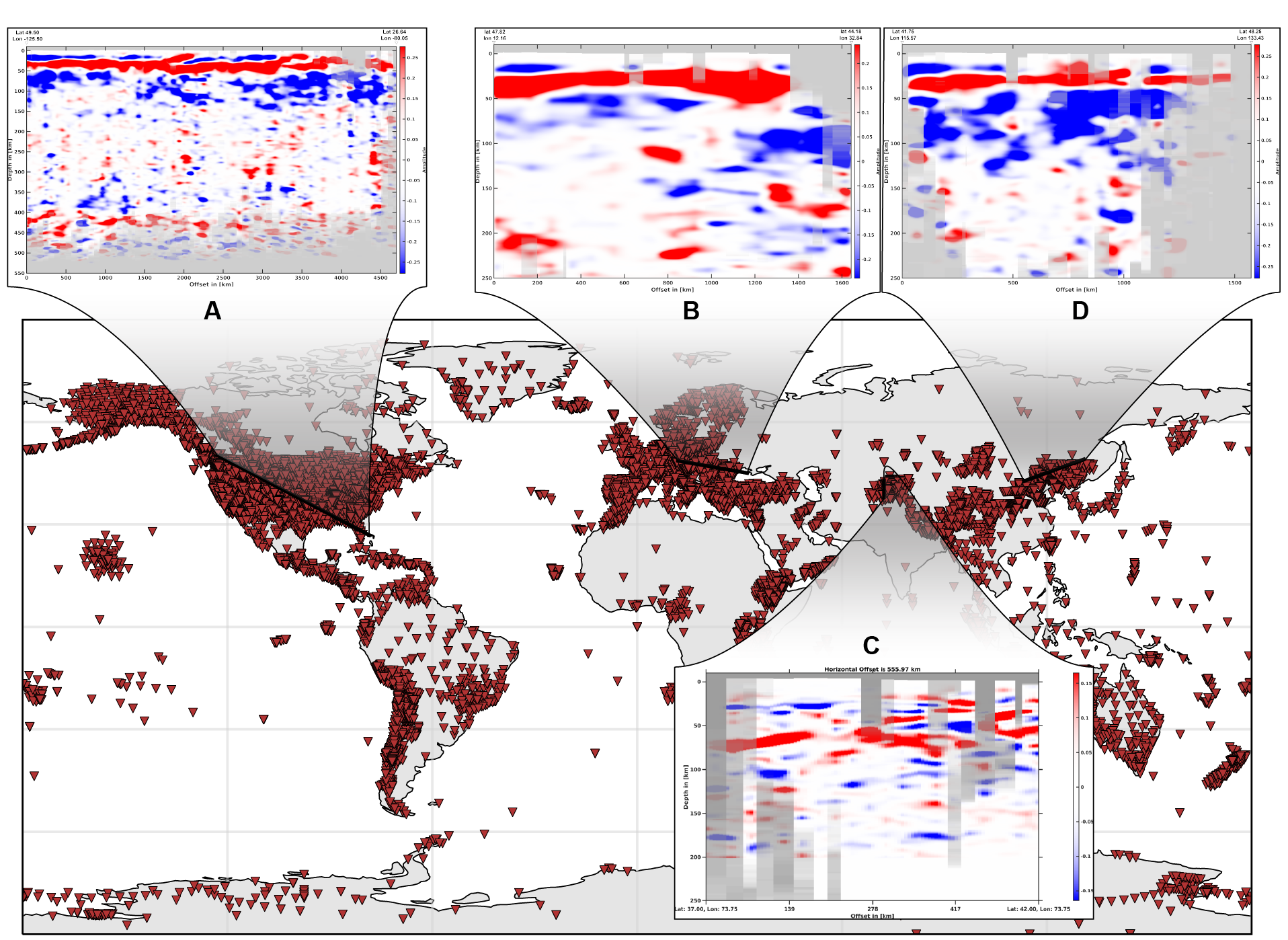A workflow to create a global database for Ps and Sp receiver function imaging of crustal and upper mantle discontinuties
This project was created in the framework of a Master's thesis by Peter Makus. It aims to automate receiver function (RF) processing from download of raw waveform data to common conversion point (CCP) imaging with a minimum amount of user interference. It is largely based on the ObsPy project and can be seen as a more powerful and user-friendly successor of the GLImER project.
A few simple steps:
# Change directory to the same directory that this repo is in (i.e., same directory as setup.py)
cd $PathToThisRepo$
# Create the conda environment and install dependencies
conda env create -f environment.yml
# Activate the conda environment
conda activate PyGLImER
# Install your package
pip install -e .Access PyGLImER's documentation here.
PyGLImER comes with a few tutorials (Jupyter notebooks). You can find those in the examples/ directory.
With PyGLImER, we facilitate processing extremely large amounts of teleseismic data. This enables us to create large scale CCP sections as shown for P-to-S and S-to-P receiver function data in the plot below:
PyGLImER also comes with a toolset to create publication ready figures:
 |
|---|
| FIG: Single station stack and receiver functions sorted by epicentral distance from P receiver function for station IU.HRV. |
 |
|---|
| FIG: Distribution of back-azimuth and rayparameter for the P receiver functions from IU.HRV as shown above. |
This version is an early release. If you encounter any issues or unexpected behaviour, please open an issue here on GitHub or contact the developers.
If you use PyGLImER to produce content for your publication, please consider citing us. For the time being, please cite our AGU abstract.
We are happy to announced that PyGLImER has been awarded an ORFEUS software development grant and are looking forward to further develop this project.


